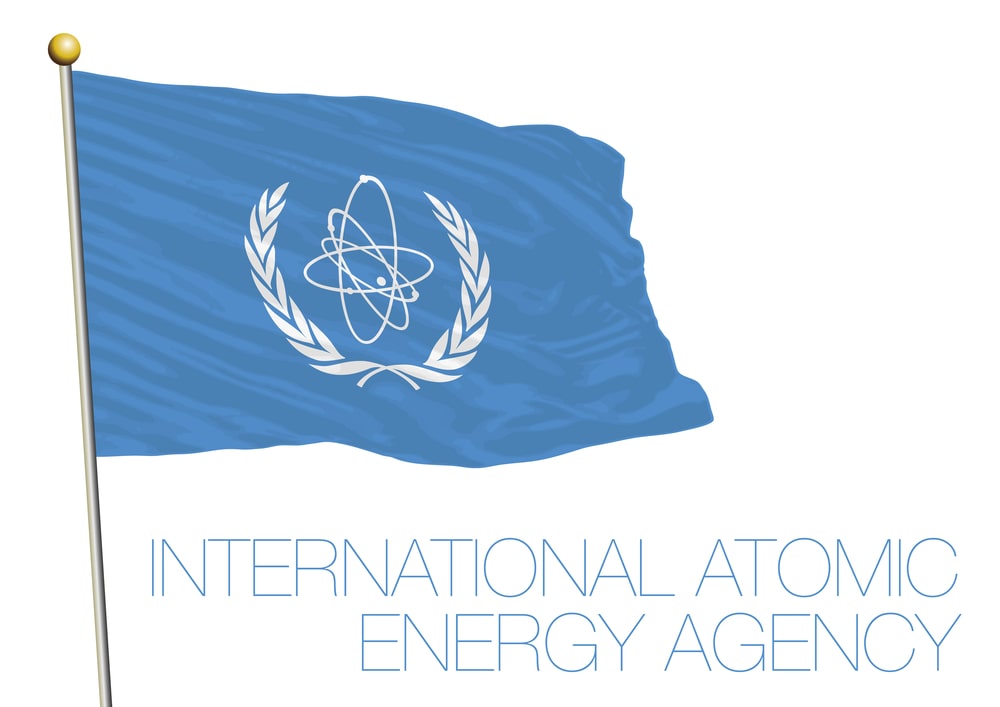The International Atomic Energy Agency (IAEA) highlights ongoing safety concerns at Ukraine’s Zaporizhzhia Nuclear Power Plant (ZNPP). Director General Rafael Mariano Grossi reveals details about the latest incident, emphasizing vulnerabilities and risks.
The Zaporizhzhia Nuclear Power Plant (ZNPP) in Ukraine faces continued safety challenges, as revealed by the International Atomic Energy Agency (IAEA). Recent incidents underscore the persistent risks and vulnerabilities at the site, prompting heightened scrutiny.
The ZNPP experienced a failure in two back-up power electrical transformers, resulting in the loss of the immediate back-up power supply to reactor units for several hours.
The incident occurred on Thursday and highlighted the ongoing vulnerability in the availability of external power crucial for cooling reactors and ensuring nuclear safety and security.
While a 330 kilovolt (kV) line remained available, the failure of the 750 kV line reduced the redundancy of the already fragile power supply.
The ZNPP, Europe’s largest nuclear power plant, now has only two available power lines, compared to the previous four 750 kV lines and six 330 kV lines before the conflict.
The back-up power supply was restored eight hours later when two other back-up power electrical transformers were put into operation.
Investigation into the cause of the failure is underway, with no signs of external transformer damage reported.
The IAEA team discussed the ZNPP’s maintenance activities, revealing a high-level 2024 maintenance plan aimed at ensuring nuclear safety and security.
Despite discussions, the IAEA concludes that the ZNPP will not implement a comprehensive maintenance plan during 2024, raising concerns about the plant’s safety.
IAEA experts have faced challenges in gaining access to various areas of the ZNPP, including reactor halls, turbine halls, and rooftops.
Access is essential for monitoring nuclear safety, security, and adherence to protection principles, but full access has not yet been granted.
The incidents at the ZNPP reveal a worrying pattern of vulnerabilities and risks to nuclear safety. The reduction in redundancy of the power supply, coupled with challenges in maintenance planning and limited access for IAEA experts, underscores the urgency of addressing these issues to prevent potential catastrophic consequences.
The ongoing challenges at the ZNPP have broader implications for nuclear safety and security. The IAEA’s emphasis on the vulnerability of the plant’s power status and the need for a comprehensive maintenance plan underscores the importance of immediate attention to mitigate potential risks and ensure the safety of the facility.
In conclusion, the recent incidents at the Zaporizhzhia Nuclear Power Plant highlight the critical need for enhanced safety measures. The IAEA’s revelations about power supply failures, reduced redundancy, maintenance challenges, and restricted access underscore the urgency of addressing these issues to prevent compromising nuclear safety.
This analysis is based on information provided by the International Atomic Energy Agency (IAEA), shedding light on the persistent nuclear safety risks at the Zaporizhzhia Nuclear Power Plant. The findings emphasize the need for immediate attention to ensure the facility’s safety and security.



